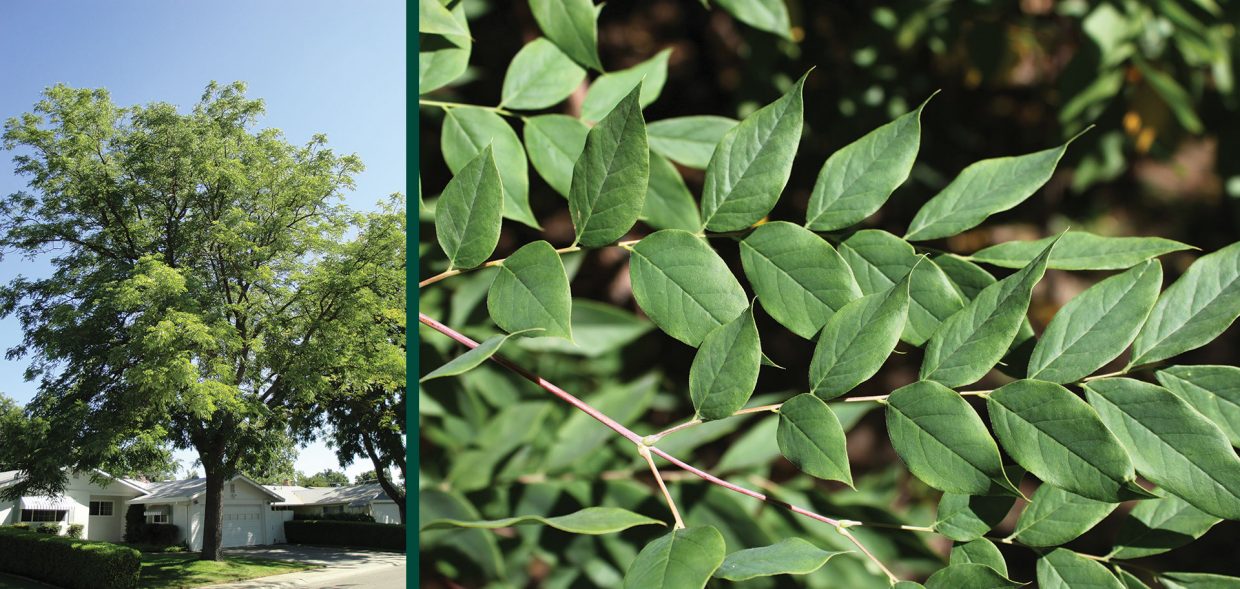Planting Native Species Trees

It’s a growing trend among gardeners and landscapers to plant native species. There are many reasons for this, it could be considered part of the larger “green” movement and be the product of a desire to sustain local biodiversity, reducing human impact on the natural environment. In addition to this there is a simpler reason as to why growing native plants is gaining popularity, people have come to the realization that these species are more likely to thrive and easier to maintain. This simplicity coupled with environmental altruism is the perfect reason a tree like the Kentucky Coffee tree is a great choice for your property.
Don’t let its name fool you, the Kentucky coffee tree is indeed a native plant with a range from Southern Ontario and into Kentucky, Western Pennsylvania, Kansas, Nebraska, South Dakota, Wisconsin, Michigan and all the way to the south in Louisiana. Though it is widely spread the tree remains a rare tree species, though has not yet been identified as threatened. For those of you looking to have a garden unique from your neighbours, this means a different aesthetic and maybe some bragging rights on supporting a stunning native species – you’re basically an earth crusader!
Not suitable for a narrow boulevard this tree needs a place to grow. It is a moderately fast-growing tree and is often used in parks for ornamental purposes. It can grow up to 70 feet tall with a spread of up to 50 feet. Its most outstanding feature is its unique foliage, with very large leaves made up of smaller leaflets. Leaves will arrive in late spring as a pink-bronze colour, as they mature, they become a deep bluish-green and in fall you will be rewarded with a bright yellow leaf. With the dappled light available under the leaflets many shade plants will continue to thrive at its base.
You may be wondering about its name; it will NOT replace your morning Timmies. Though settlers did use the beans from the female trees pods I do not recommend it.
Is there a native species you swear by? Maybe a personal favourite? We’d love to hear from you.

